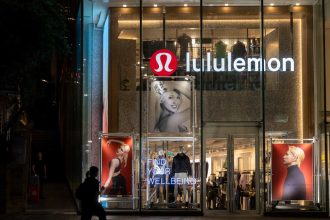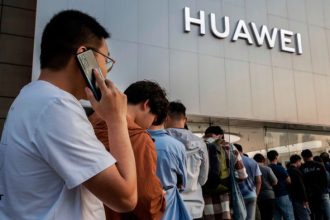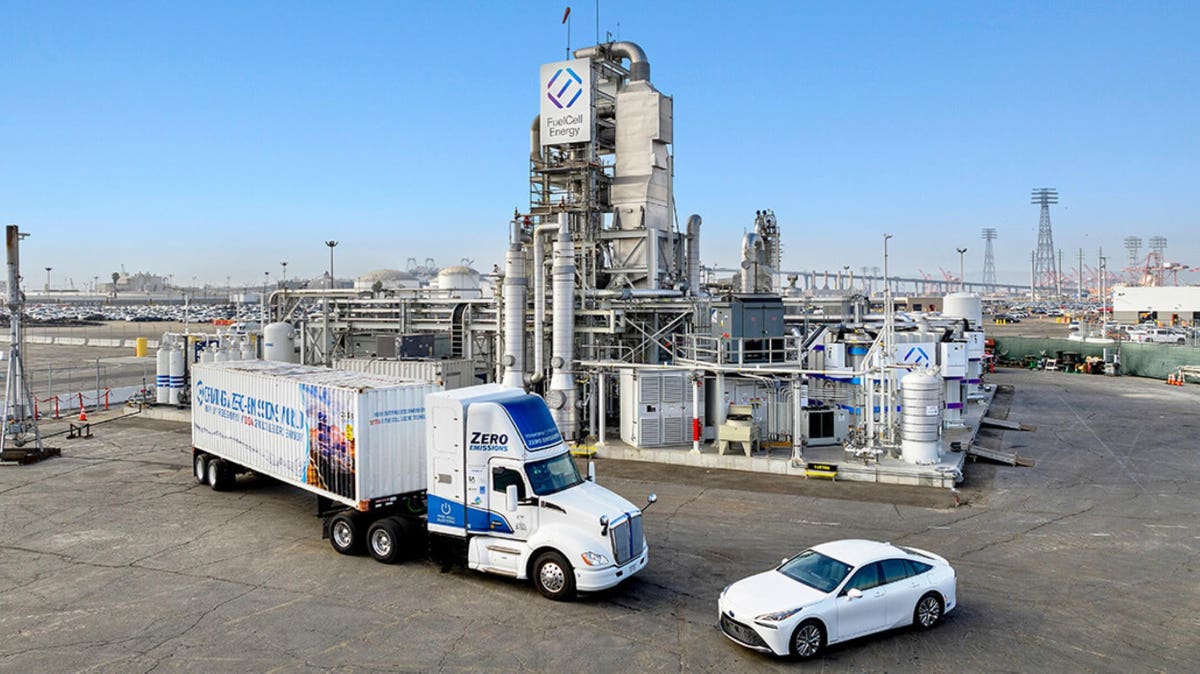Power system manufacturer FuelCell Energy and carmaker Toyota have deployed the world’s first “tri-gen” system that turns methane-rich waste gas into electricity, clean hydrogen and water that the auto giant will use at its Southern California port facility for the next 20 years.
The companies said Thursday the energy platform at Toyota’s main U.S. logistics facility at the Port of Long Beach, proposed in 2017 and built in stages, is fully complete and operating. It’s designed to convert a stream of biogas, sourced from agricultural waste and sludge, into 2.3 megawatts of electricity, 1,200 kilograms of hydrogen and 1,400 gallons of water per day, FuelCell Energy CEO Jason Few told Forbes. It cost about $35 million to build and only takes up as much space as three basketball courts.
“We’re effectively producing carbon neutral electricity for Toyota, and green hydrogen and water,” Few said. “We think about our platform the same way you might think about a software platform. We can deliver a number of different capabilities, so it’s just a matter of which modules you want to turn on. In this case, we’re turning three of those on to deliver to Toyota.”
The facility’s completion comes as the U.S. pushes for greater use of hydrogen from sources that don’t generate carbon dioxide. California has provided incentives for such clean power projects for years — particularly at Southern California ports that have among the worst air pollution in the country — and the Biden Administration is enacting generous new federal tax credits for clean hydrogen of up to $3 per kilogram. Billionaire Bill Gates calls hydrogen a Swiss Army Knife in the fight to curb rising greenhouse gas emissions that are slowly cooking the planet thanks to all the ways it can be used, from power generation, energy storage, cleaner production of fertilizer, ammonia and steel or as fuel for trucks, cars, ships and aircraft.
Toyota, the world’s largest automaker, will use hydrogen made from the tri-gen system for a fleet of Kenworth fuel cell trucks it operates at the port and forfuel cell-powered Mirai electric sedans arriving there on ships from Japan. The electricity generated by the platform will be used to power all its port operations and the 200,000 new vehicles arriving there annually from overseas plants will be washed with water made by FuelCell Energy’s system.
Toyota’s contract to use it runs for 20 years and should eliminate more than 9,000 tons of CO2 annually, the companies said. Excess electricity not used by Toyota will be transmitted to Southern California Edison, the local utility, and designated as renewable power for the grid.
Unlike fuel cells used in cars and trucks that make electricity from hydrogen, with only water as a byproduct, FuelCell Energy’s platform uses a molten carbonate fuel cell that operates at temperatures of 600 degrees Celsius or higher. Carbon dioxide is also created from the tri-gen process, but Few said it’s captured and not released into the air. Instead, it’s used for commercial applications such as cement or food and beverage production.
Few said the system built for Toyota is the first of its type but won’t be the last.
“We think this has the opportunity to be deployed not only at ports but other applications where there’s a need for reliable energy, a need for hydrogen and a need for water. “For example, mining would be a great application,” he said, without identifying additional customers.
Read the full article here





